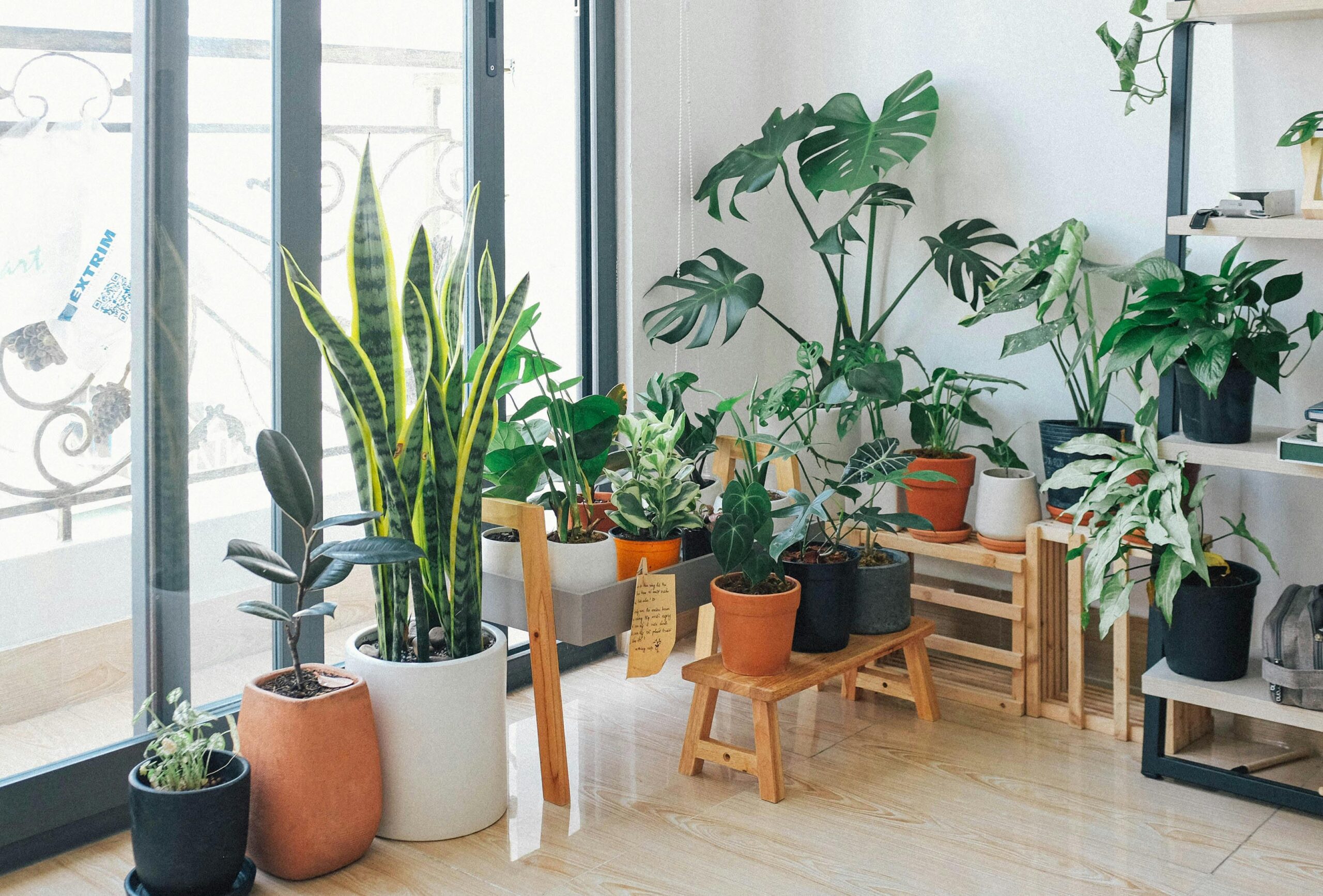For pet owners who love greenery, creating an indoor garden requires careful consideration to ensure your furry friends remain safe. Many common houseplants can be toxic if ingested by curious cats and dogs, leading to potential health emergencies. The good news is that with thoughtful planning, you can enjoy a thriving indoor garden that coexists beautifully with your pets. This article explores how to select pet-safe indoor plants, set up secure growing areas, and maintain your green space with pet-friendly gardening practices.
Understanding the Risks to Pets
Many popular houseplants contain compounds that can harm pets when chewed or ingested. Symptoms of plant toxicity in pets range from mild digestive upset to serious conditions requiring immediate veterinary care. Cats are especially prone to nibbling on houseplants, while dogs may chew on pots, soil, or plant material out of curiosity or boredom. Before bringing any plant into your home, researching its safety profile is essential. The ASPCA maintains a comprehensive database of plants toxic to cats, dogs, and horses that can serve as an excellent reference. Understanding these risks is the foundation of pet-friendly gardening and will guide your plant selection process.
Choosing Non-Toxic Plants for Home
Fortunately, many beautiful houseplants are completely safe for your furry companions. Spider plants are among the most popular pet-safe indoor plants, known for their air-purifying qualities and dramatic arching foliage. Boston ferns offer lush greenery that’s safe for curious cats and dogs. African violets add a splash of color while posing no threat to pets. Peperomias come in various textures and patterns, all non-toxic and relatively easy to maintain. Areca palms and parlor palms can add height and structure to your indoor garden safely. Calatheas, with their stunning patterned leaves, are another excellent choice for homes with pets. When shopping, always verify a plant’s safety with staff or through reliable resources, as varieties within plant families can differ in toxicity.
Growing Cat Grass for Your Feline Friends
Instead of merely preventing your cats from eating plants, consider growing something specifically for them. Cat grass, typically wheat, barley, or oat grass, offers numerous cat grass benefits while satisfying feline instincts to nibble on greenery. Growing cat grass can reduce your cat’s interest in your other houseplants while providing digestive benefits, helping with hairball elimination, and offering mental stimulation. Cat grass is simple to grow from seed and can be maintained in small containers placed strategically throughout your home. Many pet stores sell cat grass kits, but you can easily start your own using organic seeds and potting soil in shallow containers. Remember to keep the soil consistently moist until germination occurs, typically within a week.
Creating Secure Plant Displays
Even with non-toxic plants, it’s important to minimize soil digging, pot tipping, and plant destruction. Secure plant stands can elevate your greenery out of reach while adding visual interest to your space. Wall-mounted planters work well for trailing varieties like pothos (though ensure you choose the non-toxic variety). Hanging baskets suspended from ceiling hooks keep plants safely overhead. For floor plants, heavy, stable pots with wider bases resist tipping from playful pets. Consider creating a dedicated plant area using decorative screens or low barriers that allow light but discourage pet access. If you’re struggling to find the right balance of style and security for your indoor garden, AskHomey can connect you with interior plant specialists who understand the unique challenges of pet-friendly garden design.
Safe Gardening Practices for Pet Households
The materials you use in your indoor garden are just as important as the plants themselves. Choose pet-friendly gardening supplies, starting with organic potting soil that doesn’t contain chemical fertilizers or pesticides. Avoid cocoa mulch, which contains compounds similar to chocolate that are toxic to dogs. For fertilizing, opt for diluted organic options or natural alternatives like compost tea, applying them when pets are in another room and allowing them to fully absorb before permitting pet access. Regularly clean fallen leaves or plant debris that might tempt pets. Monitor your plants for pests, as some common insecticides can be harmful to animals. Instead, try non-toxic solutions like neem oil, insecticidal soap, or diluted dish soap spray for pest management.
Monitoring Pet Behavior Around Plants
Even with non-toxic plants, it’s wise to observe how your pets interact with your indoor garden. Some pets might develop allergic reactions or experience mild digestive upset from plants that are generally considered safe. Watch for excessive plant chewing, which can damage your garden and potentially cause digestive blockages in your pet. Provide alternative activities and enrichment for pets who seem fixated on your plants. Cat trees, scratching posts, and interactive toys can redirect feline attention, while chew toys and regular exercise help satisfy dogs’ needs. If persistent plant-chewing occurs despite these efforts, consult with your veterinarian or a pet behaviorist for additional strategies.
For more tips and to connect with reliable home service professionals, follow AskHomey on Facebook and Instagram.



